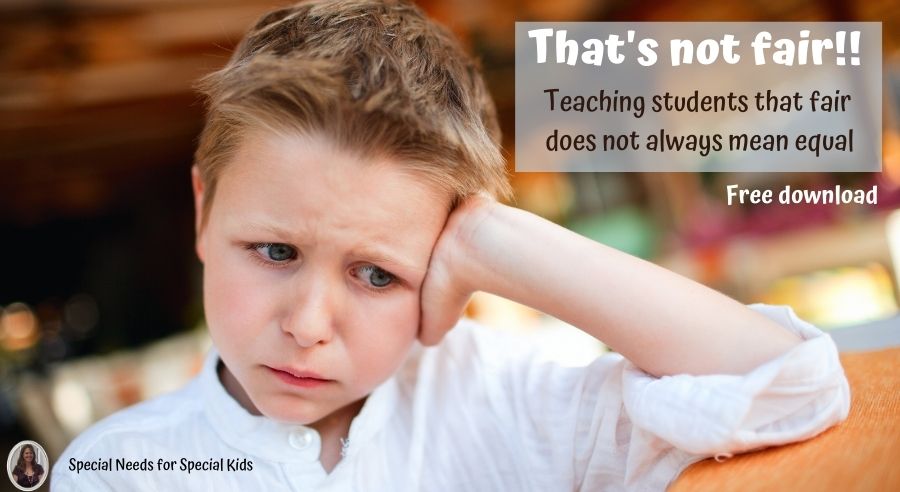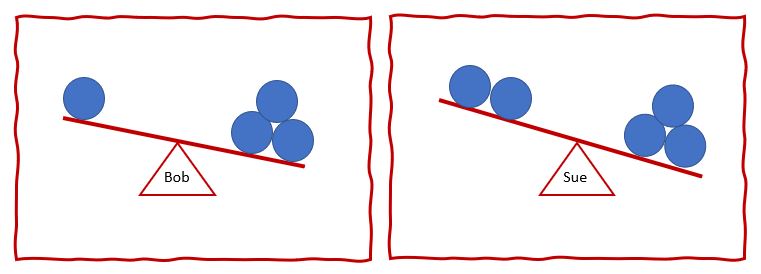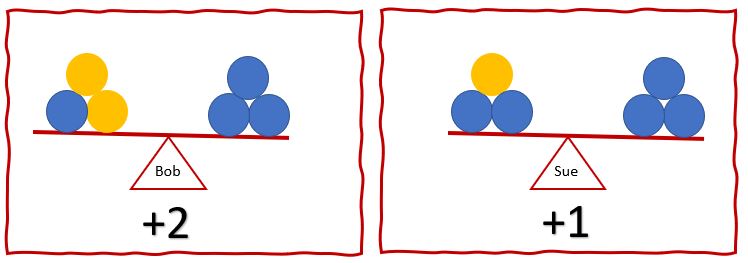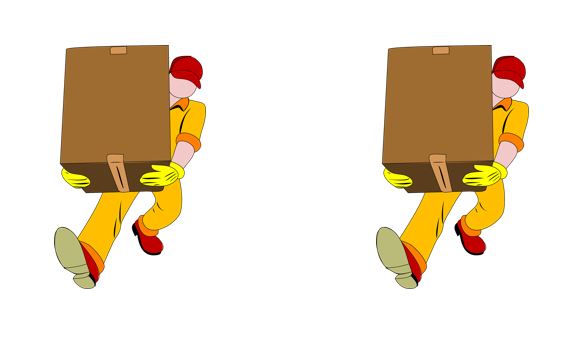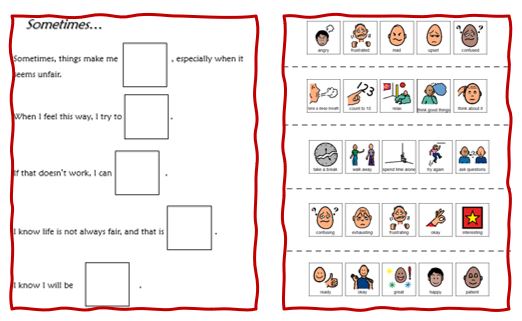“But that’s not fair!” We hear that all the time as parents and as teachers. And, sometimes kids are right. Things may not always seem fair especially when they are not equal. But teaching kids that fair does not mean equal is an important lesson to teach early on.
What does equal mean?
When two things are equal, we say that they have the same quantity, size, or value. We also define equal as having the same status, rights, or opportunities.
Fair, on the other hand, implies free from imbalance or partiality. When things are fair, everyone is starting from the same place.
Although it can seem that these two words mean the same thing, there are subtle difference that are important for our kids to understand.
Making fairness concrete
As with many abstract concepts, I find in special education it is easiest to start with a concrete representation, and then generalize it to more everyday situations. This is true when it comes to kids complaining that things are not fair.
So how can we make equality and fairness concrete? One way is through the use of manipulating objects.
Set up 2 scales. Tape a name or picture (can be totally anonymous) to each scale. Make sure the scales are not balanced and need a different number of objects to balance them, like in the picture below.
Then talk about what you would need to give Bob to balance the scale. What would you need to give Sue?
Did you give them equal amounts? Do you think Sue would think it’s not fair because she got less than Bob? In this case, in order to make it equal for Bob and Sue did you have to give them the same amount? Was this fair?
If you would like a worksheet with more of these concrete examples to work through with your students, click below (no email needed).
Using a story: fair is not the same as equal
Another way to teach what is fair versus equal is through a story. This can be as simple as using an illustration and simply making up a story about it
You have 2 men helping you move into your new apartment. One man has a box full of books. The other man has a box full of pillows. They are both carrying an equal number of boxes. Which box would you rather carry? Do you think it would be fair for one person to only carry boxes of books and one person to carry all the pillows?
More practice with “That’s not fair”
I have put together a unit dealing with this exact issue of things that may not feel fair. I used these materials so many times, and I found it helped my students a lot. I also had some regular education teachers use this unit to help their students understand why saying that’s not fair when another student got additional help or a special device to help them in class was really not true. It was only making sure everyone was starting at the same point.
There is a social story with pictures and simple text.

This story addresses specific situations students may experience at home or at school when they may feel things are unfair. It also talks about what you can do to help calm down. Students are often triggered and get upset when they feel things are not fair.
There are activities for more practice and to help you assess if they are grasping the bigger meaning of fair is not always equal. There is a sorting activity, power cards, a booklet using picture symbols. There is even a writing prompt that you can see here.
If you would like to check out this unit, click below. It has 50 pages of material to help your students understand why things are not always fair.
